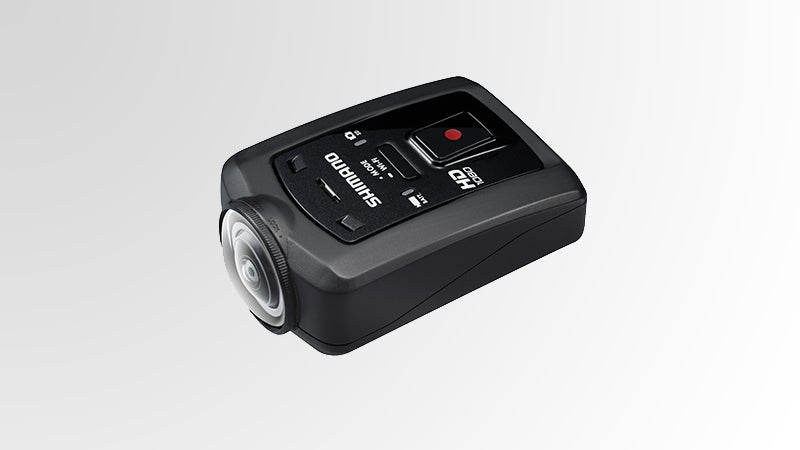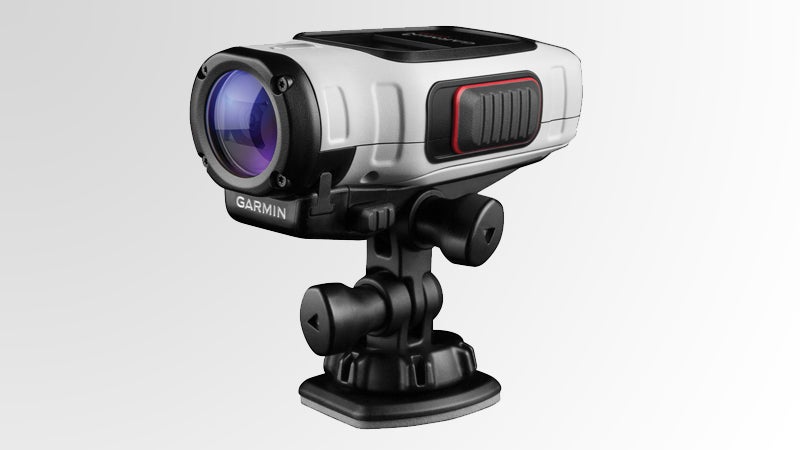Television footage of this year’s Tour de France was a reminder of just how poor a spectator sport cycling can be.
Sure, the race lacked drama because two major protagonists, Alberto Contador and Chris Froome, crashed out early. But even on a good year, I bet most viewers cue up the DVR and skip ahead to the last 10 or 15 minutes—or, best-case scenario, the final climb.
This year, however, saw a development that could finally add some intrigue: on-bike cameras. For the first time in history, Tour de France organizer ASO permitted video cameras to be mounted onto riders’ bicycles.
The move followed the very first use of video cameras in the pro peloton earlier this spring. Footage from the Tour de Suisse in June, especially a video of , captured the hectic nature of the final few kilometers of a professional race. Likewise, a video shot by Giant-Shimano sprinter John Degenkolb on the first stage of the Tour of California gave a sense of at this level—well, almost win as Degenkolb took a razor thin second place on the stage to sprinter Mark Cavendish.
At the Tour, Shimano outfitted eight of its sponsored teams, including BMC, Giant-Shimano, Orica-GreenEdge, and Sky, with the company’s new Shimano CM-1000 camera. The resulting footage appeared on both the team’s pages as well as on the official .

Several Garmin-Sharp riders were also equipped with its sponsor’s new , which resulted in a series of first-person videos on the team website. The is especially interesting as it overlays rider metrics like speed, heart rate, distance, and power collected by the VIRB via ANT+.

The most unconventional first-person footage came from Europecar’s Kevin Reza. After a Lotto-Bellisol racer collided with a fan on the side of the road, Reza scooped up the spectator’s helmet cam, which had tumbled into the road, and before passing it to his team car.
The use of cameras in the peloton is partly a reflection of just how advanced the technology has become. At 180g, the Garmin VIRB isn’t smallest camera out there, but it captures 1080p HD video as well as GPS data and cycle-specific data such as heart rate and power. The Shimano CM-1000 captures similar high-quality footage and data and weighs just 86 grams. Given these units’ diminutive size, they can be mounted on the bars or below the saddle without much effect or impediment to a racer.
However the video these cameras capture provides arguably the most interesting way to watch pro cycling. They convey the fury and treacherousness of bike racing in a way that traditional footage shot from a motorcycle or helicopter cannot.
You see riders touching and bumping one another, get a feeling for just how tight and fast they are racing, and, thanks to the sound of yelling, heaving breathing, and camera shake while sprinting, register how difficult it must be. The of the Tour conveys just how tough it was to stay upright in the final few kilometers of the race.
As good as the footage is, however, what’s now missing is the ability to stream live during a race. Watching firsthand footage after the fact is great, but it would be even better if television could cut back and forth between top view from a helicopter, front view from a motorcycle, and footage captured within the peloton while it happens.
“There are challenges, circling primarily around weight and battery life, that have to be resolved,” before live streaming is a reality, says Dustin Brady, marketing manager at Shimano America.
He explains that while the cameras are tiny now, it will take some time before batteries will be both small enough and have a long enough life to last the duration of an entire stage. The addition of a radio transmitter will also add weight and bulk. “We are talking about professional cyclist needing to climb the Col du Galibier or Col du Tourmalet or ride for five hours in pouring rain. Additional weight matters.”
That might sound discouraging, but the fact is the technology is only in its infancy: Both the VIRB and the CM-1000 were launched this year. Meanwhile, the decision to allow on-bike video at the Tour was even more recent. “We only found out after the Tour had started that the team could use action cameras,” says Amy Johnson, the media relations associate at Garmin, “So I think it was fairly sporadic this year.”
In a sport that tends to be resistant to change, the fact that these cameras have been adopted as quickly as they have is heartening. Hopefully governing bodies will move forward with similar programs, and manufacturers will fast track development. If not, television coverage of pro cycling may live—and perhaps die—by the DVR.


